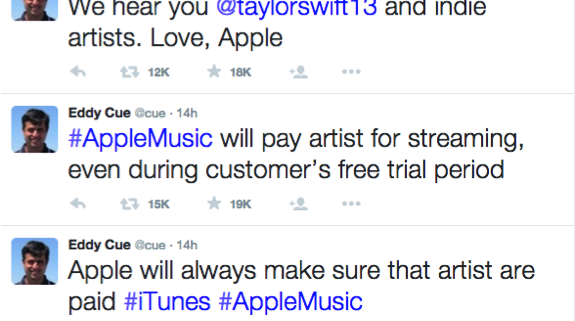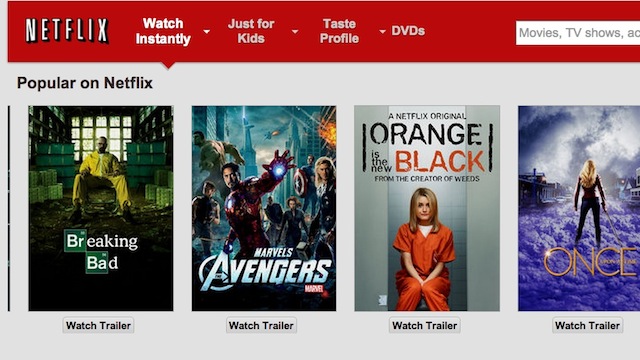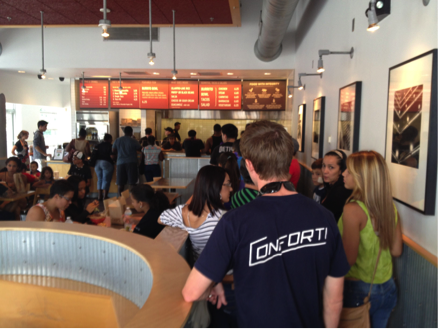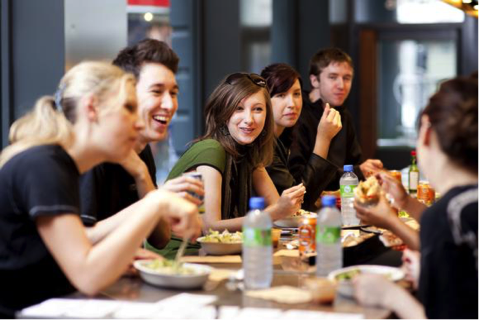
Via @claire.m.harvey
This time of year there is no place better to unwind than the oasis of Nantucket. The crisp blue ocean against the green island emanates summer bliss, and CBC has found the perfect way to take advantage of this paradise. During three, 3-day sessions this June, nearly 30 lucky editors got the chance to indulge in the best of Nantucket at CBC Summer House.

Via @mkisiday
Summer House is a brand activation experience where top-tier writers and editors have a few days to relax at a charming, cedar-shingled house near Tom Nevers Beach. The schedule always includes fun activities where attendees get familiar with cutting edge products in a highly involved, hands-on yet organic setting.

Via @cerconebrown
The Summer House activities are tailored to the pristine summer environment. To kick off their mornings this year, House guests participated in the Champion R.I.P.P.E.D. Workout.

Via @cerconebrown
For lunch, Summer House guests munched on fish tacos made from fresh Sea Cuisine filets, which are available in your local grocer’s seafood case. Chef Marco prepared the meal directly from a whole Atlantic Salmon. (Could it get any fresher than that!?)

Via @snacktoria

Via @cerconebrown
The trip to Nantucket included afternoon Spire Collection and Galerie wine tastings, and extravagant meal experiences provided by DiGiorno, Garnet Hill and Miraclesuit. During their downtime, Summer House residents were able to explore the island as they pleased with a fleet of Cadillacs provided by Onstar.

Via @cerconebrown

Via @snacktoria
Adventurous Summer Housers went out on the ocean for wakeboarding, waterskiing and tubing while sporting TomTom Bandit Action Cameras to capture first-person footage of the experience.
The CBC Summer House offers an opportunity for editors to forget the stresses of everyday life and focus on the true essence of each onsite brand in the serenity of a Nantucket summer setting. Editors get to experience a lifestyle where they can authentically interact with each brand. They become familiar with each product in a much more intimate way than they would just using it in their home or office. And ultimately, the attendees have the advantage of forging true relationships with the brand sponsors, their representatives, and their one of a kind products.

Via @claire.m.harvey
Summer House is a fantastic brand activation adventure. Everyone who attends brings home stories of the flavors they tasted, the products they tried, and the memories they shared. We’ll see you next year, Nantucket!











